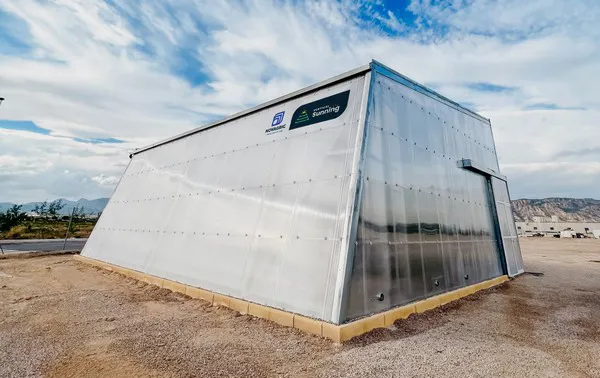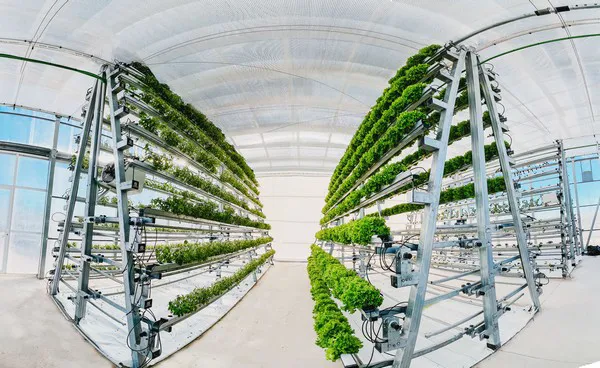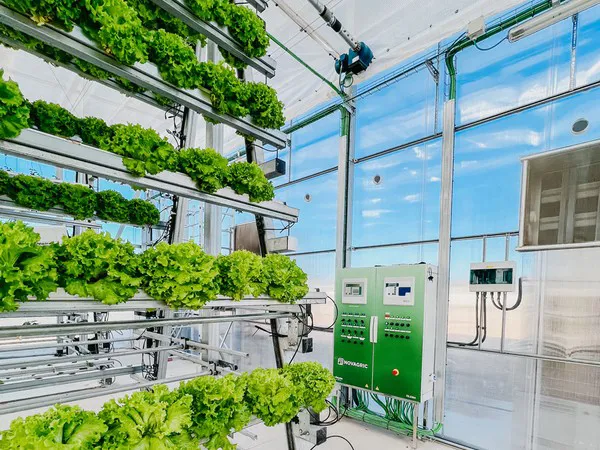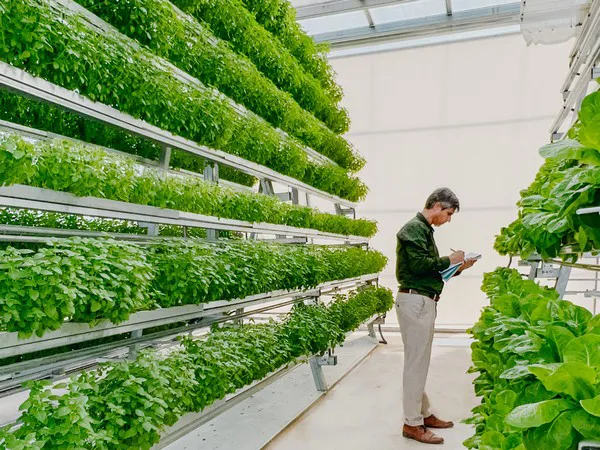The project, which is supported and funded by the CDTI (Center for Industrial Technological Development) and the Ministry of Science and Innovation, started to be designed in 2020.

Research and development on this new building model have been underway for two years, using a passive solar design with smart light and water to maximize the efficiency of the system.
"We used innovative ray tracing techniques to design structures, optimize PAR radiation, and distribute the light evenly across the crops," stated Juan Pardo, project manager and head of Innovation at Novagric.
Indoor food farming has been evolving, but the investment in facilities remains high. In fact, many studies have highlighted that vertical farms must reduce operating expenses to improve profits. The I+D+i Vertical Sunning project aims to solve this critical issue of the current Vertical Farming modules: the high energy cost.

“Our goal was to develop a new vertical food production model without artificial lighting, which prioritizes the access and distribution of solar radiation, uses energy-efficient air conditioning systems and water and sunlight to reduce its carbon footprint,” stated Juan Pardo.
Vertical Sunning structure's design
The prototype is located in the technological facilities of Novagric, in Alhama de Murcia, and is in full production.
It uses modular lightweight materials, such as mobile racks to take advantage of the space, changing the position of crops according to the sunlight's path.

To minimize energy consumption, water is used to absorb infrared radiation, allowing PAR to enter while reducing heating and distributing heat to the interior.
Using a hydroponics irrigation system allows reducing water consumption by 50% compared to other substrate crops.

The company is currently conducting a macro study of the technology to validate the design in a real planting environment. In addition to leafy and aromatic species, more complex and unusual varieties have also been introduced in vertical cultivation systems to address the productivity challenge in these environments.
Harnessing the sun, reducing energy consumption, and introducing new crop varieties will boost vertical farming, concluded Pardo.
For more information:
Novagric
www.novagric.com
